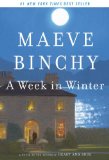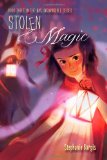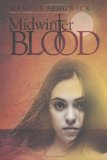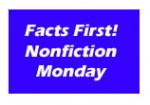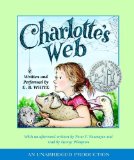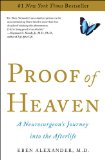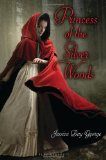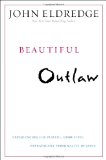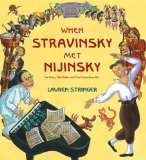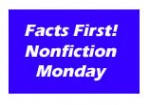Review of A Week in Winter, by Maeve Binchy
by Maeve Binchy
Alfred A. Knopf, New York, 2013. 326 pages.
Starred Review
Maeve Binchy died in July 2012, shortly after finishing this book. I’m so glad to read it, but so sorry to know it’s the last. Like all her books, A Week in Winter is a warm and cozy read that looks right into people’s hearts and lets us see intertwined lives touching one another.
A Week in Winter doesn’t have the punch of some of Maeve Binchy’s books, but it’s a warm and friendly way to say farewell. The book starts with Chicky who grew up in Stoneybridge, on the Irish coast, and ran off to America with a boy who came for the summer.
Chicky’s family thinks she’s a wicked fool to run away with him. So Chicky doesn’t tell them what’s really happening:
She wrote home week after week and believed in the fairy tale more and more. She started to fill a spiral notebook with details of the life she was meant to be living. She didn’t want to slip up on anything.
To console herself, she wrote to them about the wedding. She and Walter had been married in a quiet civil ceremony, she explained. They had a blessing from a Franciscan priest. It had been a wonderful occasion for them, and they knew that both families were delighted that they had made this commitment. Chicky said that Walter’s parents had been abroad at the time and not able to attend the ceremony but that everyone was happy about it.
In many ways, she managed to believe this was true. It was easier than believing that Walter was becoming restless and was going to move on.
Chicky does quite well, even after Walter leaves her. When her nieces talk about coming to visit, the kind husband of her letters suffers a tragic accident. And then, after some time, she goes back to Stoneybridge and purchases the Stone House on the water, using a “legacy” that is really her own hard-earned savings. She works with the last remaining Miss Sheedy (of the three sisters who had owned the house) to make it into a hotel.
Next, we take a look at Rigger, the son of one of Chicky’s friends. He gets into trouble, and needs to leave Dublin for awhile. He comes to work for Chicky, and meets a girl and starts settling down.
Then there’s Orla, Chicky’s niece, wanting some change after her best friend in Dublin gets married. She comes to work for Chicky, only for a year.
And then we start looking at the guests who come for opening week at Stone House. Winnie thinks she’ll book a vacation with the man she loves — and ends up taking it with the mother who has him under her thumb. There are people from all over the world — a Hollywood movie star, a Swede who’s meant to take over his father’s business but is interested in music, a husband and wife who are both doctors, and more. With each person who comes to visit, we get to look at their life leading up to this momentous week, as well as at how the week changes them.
The story is gentle and cozy. No big earth-shaking moments, but lots of rejuvenating ones and life-changing ones for the guests involved. One guest does manage to shake off the charm of the place, but most will leave the better for their vacation.
And the reader is the better for the vacation, too.
I’m so sad this is Maeve Binchy’s last book. She knew how to show her readers what’s really important.
Find this review on Sonderbooks at: www.sonderbooks.com/Fiction/week_in_winter.html
Disclosure: I am an Amazon Affiliate, and will earn a small percentage if you order a book on Amazon after clicking through from my site.
Source: This review is based on a library book from the Fairfax County Public Library.
Disclaimer: I am a professional librarian, but I maintain my website and blogs on my own time. The views expressed are solely my own, and in no way represent the official views of my employer or of any committee or group of which I am part.
Please use the comments if you’ve read the book and want to discuss spoilers!
